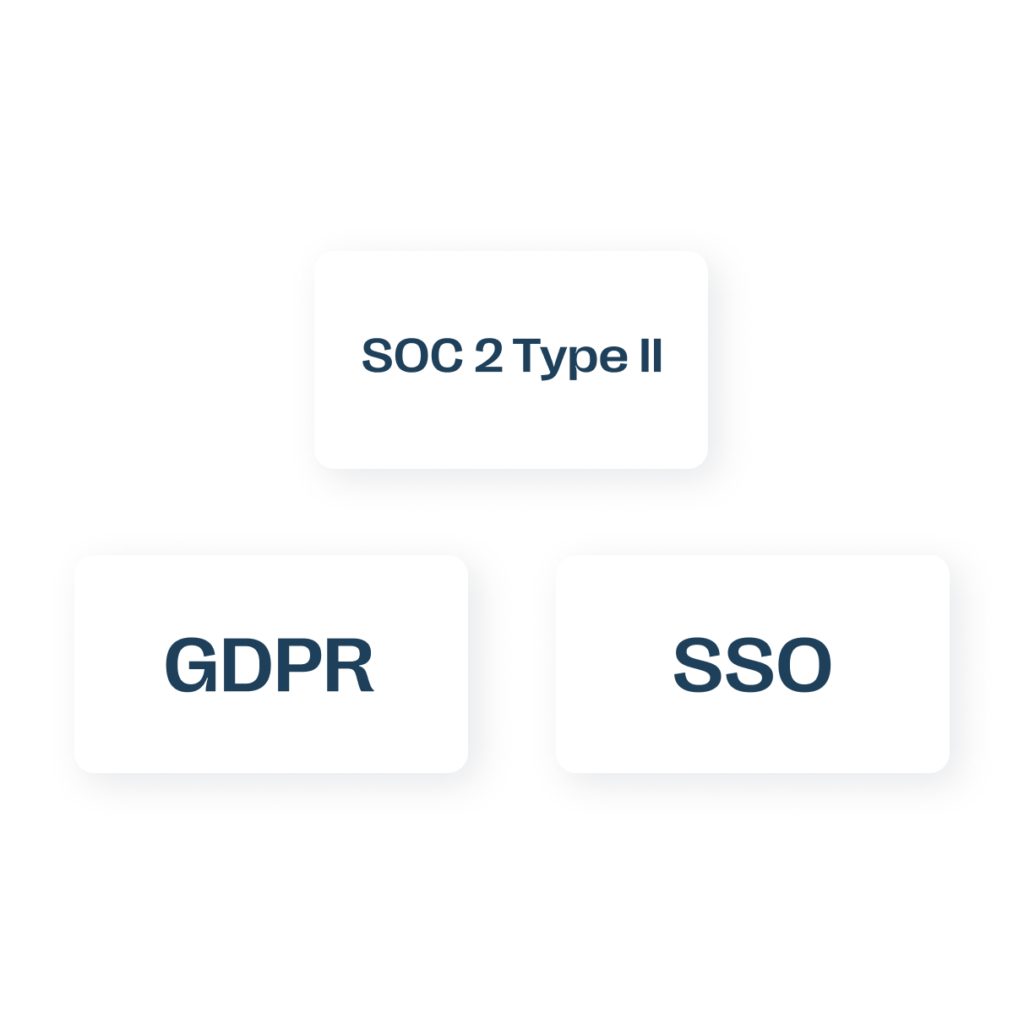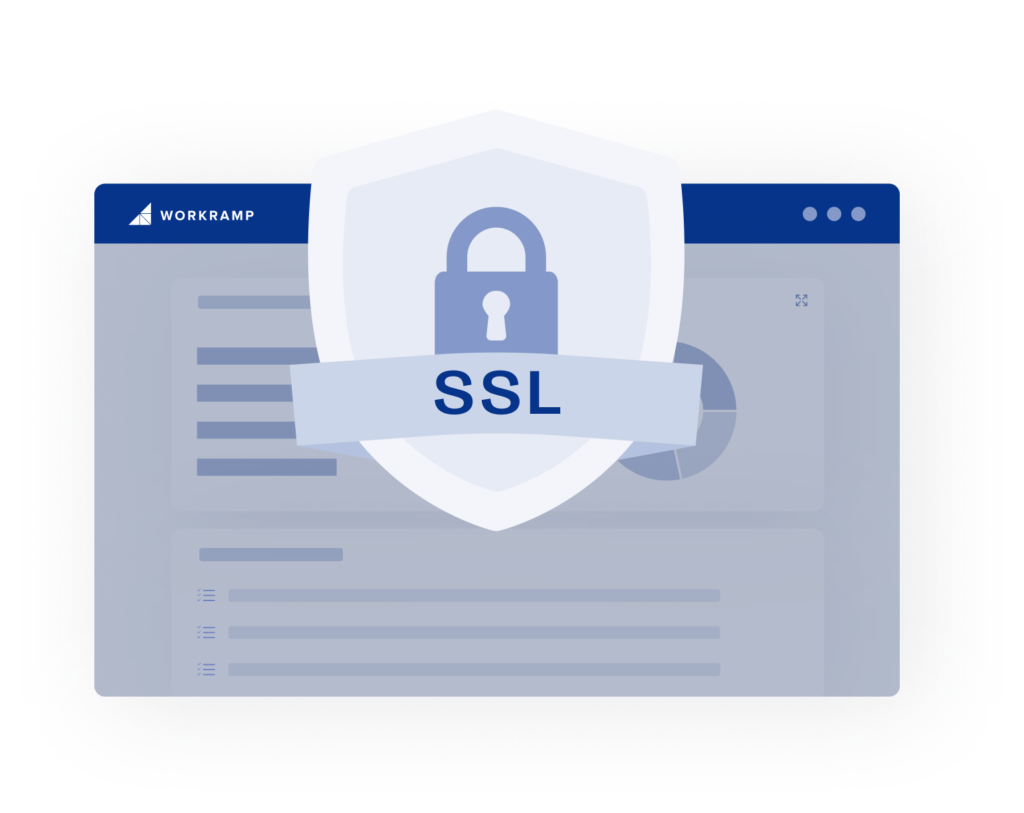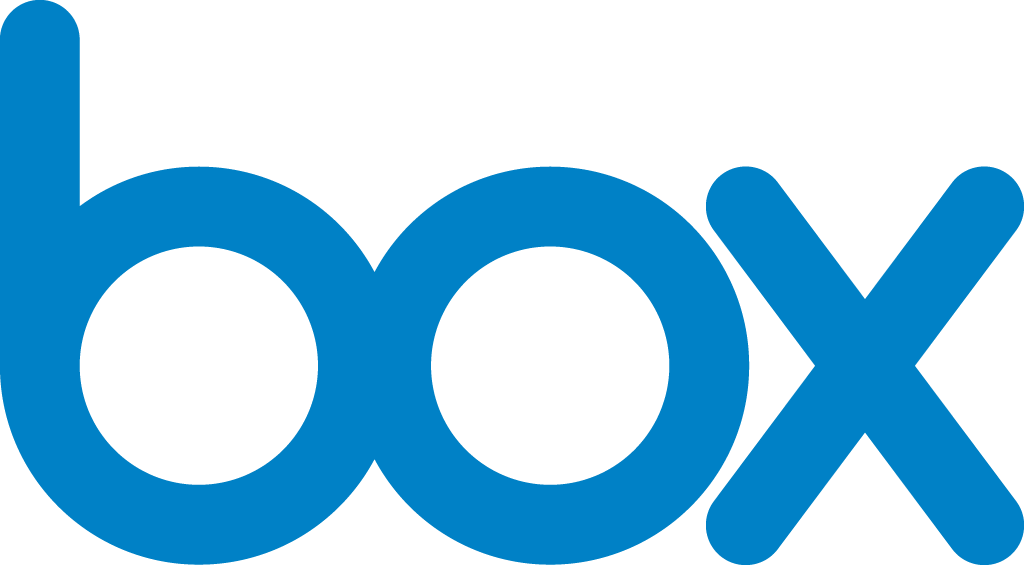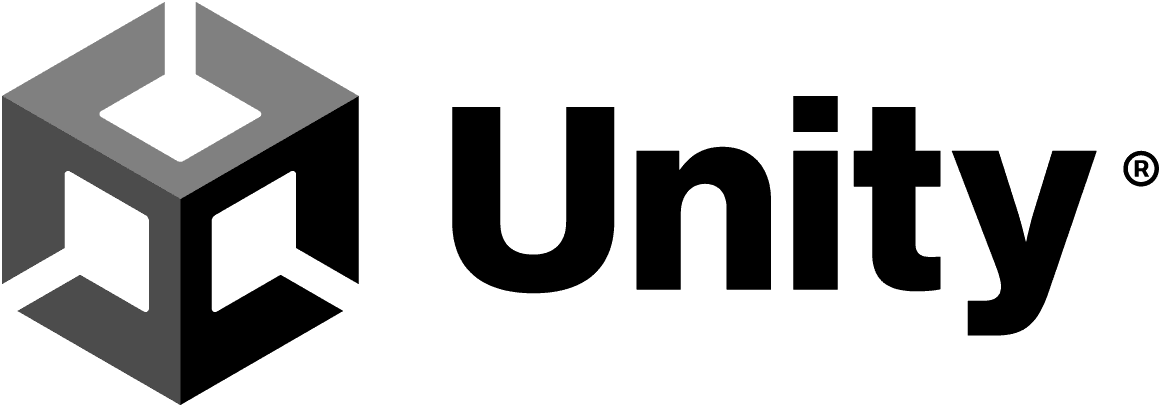Don’t Stress – It’s Secure LMS
Securely scale your learning programs with 256bit encryption, secure SSO, and SOC 2 Type 2 compliance.
Request a DemoSecurity For The Whole Enterprise

SOC 2 Type 2 Certified
Operate securely knowing WorkRamp is SOC 2 Type 2 certified. WorkRamp is also GDPR and CCPA compliant, and is compatible with standard SAML and SCIM SSO protocols.

Enterprise-Grade Security
256bit AES encryption on transfer and at rest. Manage custom permissions and RBAC (role-based-access-controls) within the platform.
Our Customers
Top global organizations from emerging businesses to Fortune 500 enterprises use WorkRamp to power their corporate learning strategy.
Our Employees
We believe that unleashing human potential - both inside and outside of the company- is the key to success.
Our Social Impact
Workramp.org provides technology, funding and time to help nonprofits expand their impact using learning technologies.
Secure LMS
In February 2021, Central Piedmont Community College in North Carolina shut down operations, retired its LMS and rolled out a new platform before resuming classes — all because of a ransomware attack. Malware, phishing, ransomware, credential abuse, and denial-of-service attacks cost organizations an average of $4.24 million in 2021. With the rapid increase in security breaches and diversity of cyber-attacks, you need a secure LMS that can protect you from all angles.
Why LMS security matters
In the 2021 State of Cyber Security Report by IDG, 49% of organizations reported an increase in cyber attacks and 28% reported that they faced the same number of attacks as 2020. With cyber criminals using more sophisticated and creative ways to breach into organizational databases, it looks like cyber-attacks will be on the rise in the future.
Any organization thinking about using an LMS for employee training or customer education must consider the possibility of cyber-attacks, especially when choosing and implementing an online learning platform. You’ll need best-in-class security features to make your LMS less vulnerable to cyber-attacks.
LMS Security Features
When choosing an LMS, look for security features like encryption, privacy compliance, and user permissions that reduce vulnerability to cyber-attacks.
Highest Security Controls
When evaluating an LMS, check their SOC 2 Type 2 report to confirm their security status. The SOC 2 Type 2 report is an independent assessment of how an organization handles and safeguards customer data. This report covers aspects of data security, service availability, and data confidentiality and privacy. When choosing a cloud-based service provider, such as an LMS, look at their SOC 2 Type 2 report to confirm their level of cybersecurity and what measures they take to protect your data.
Data Encryption
Data encryption is the conversion of data into coded numbers or text, rendering it useless for someone without the right decryption key. A secure LMS encrypts data on transfer as well as at rest. WorkRamp uses 256-bit AES (advanced encryption standard), which means the decryption key has multiple possible combinations that go up to 78 digits. Other types of encryption methods include Rivest-Shamir-Adleman (RSA) encryption, triple data encryption standard (DES), and Twofish encryption.
Your LMS will handle data entered by users, generated due to user actions, and communicated between software systems. Data encryption adds another layer of security,because unauthorized users would have to decrypt data even if they can gain access to it.
User Privacy
Depending on your location — and the locations of the LMS provider and users — there may be government regulations to protect user privacy and give users more control over their data.
- Europe: GDPR (General Data Protection Regulation)
- Canada: PIPEDA (The Personal Information Protection and Electronic Documents Act)
- California: CCPA (California Consumer Privacy Act)
Besides giving users control over how their data is handled, these regulations also protect user information such as their name, address, social security number, cookies, and IP address. Look for an LMS that complies with the applicable regulation based on your location.
Identity
By using certain standards and tools, you can minimize the risk of unauthorized users gaining access to your LMS data.
Security Assertion Markup Language (SAML) and System for Cross-domain Identity Management (SCIM) are standards used for identity and access management. Single Sign-On (SSO) is a tool used to verify user identity and help them sign into multiple applications by signing in to one application.
Domain-based Registrations
Some companies make their LMS open and available outside of the organization, while others want to block certain domains or restrict access. For that, you’ll need an LMS that helps you block certain domains from registering and accessing your content and allow others.
User Permissions
To further prevent unauthorized access to data, your LMS needs role-based access. You should be able to define roles, establish a hierarchy, set sharing options, restrict levels of access, and more. This means learners should only have access to approved courses,, and an admin managing a course can make changes and updates — and everything in between.
Tips to Secure Your LMS
Learning Management System security isn’t limited to one department. Keeping your LMS secure requires working in sync with your IT department’s network and security teams to protect your organization from cyber-attacks.
Talk to your IT/security team about regular audits and risk preparedness
According to IBM’s Cyber Resilient Organization Study 2021, creating an incident response plan that was regularly reviewed and updated resulted in increased cyber resiliency for 47% of high-performing organizations. To prevent possible security breaches, work with your IT/security team to create a cyber security incident response plan (CSIRP).
- Identify assets that need to be protected from cyber attacks
- Allocate roles to every member of the team
- Detect threats through penetration testing and automated testing via antivirus software
- Define the rules and protocols for responding to a threat
- Define the rules and protocols for asset recovery
This plan consists of all the information you need to tackle all known cyber security threats.
Sync with admin-level users on licenses, permissions, and access
Schedule a quarterly sync with your LMS admins and talk to them about changes in the number of users and their roles. This will help ensure there are no extra licenses out there or people that have access to the LMS when they shouldn’t.
Check permissions and update restricted domains quarterly
When using domain-based registrations, it’s a good idea to periodically check the list of allowed and restricted domains to make sure they’re up to date and every domain is on the list it belongs to.
Discuss security for every tool integrated with the LMS
For every new software or integration within the LMS, schedule a security discussion with your IT team and the software provider. When you integrate another software system with your LMS, you allow the two systems to talk to each other and exchange data. This means that every new integration can be a security vulnerability. Using the latest data encryption techniques will be helpful in this case. Make sure to keep all software integrations up-to-date as well.
Enjoy Enterprise-Grade Security and Control with a Secure LMS from WorkRamp
Securely scale your learning programs with WorkRamp. Enjoy enhanced cybersecurity features such as 256-bit data encryption, secure identity, and access management through SSO and SOC 2 Type 2 compliance. Want to learn more about how WorkRamp works? Complete the form below to request a demo.
Learn More
Give your employees the best-in-class LMS and improve your training outcomes. Reduce ramp time and churn. Request a demo today.











